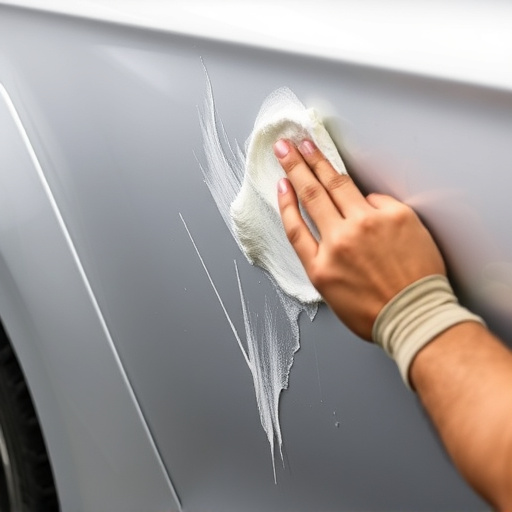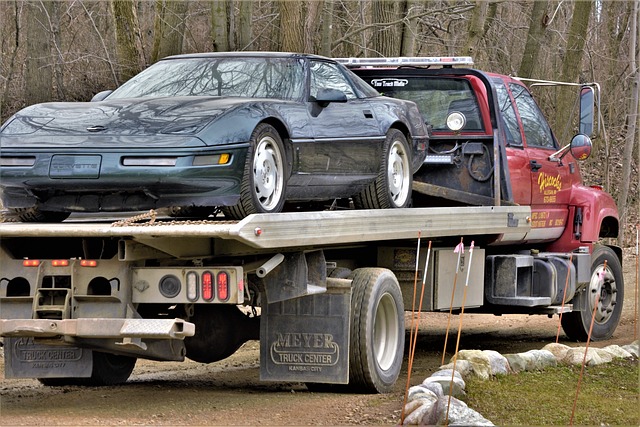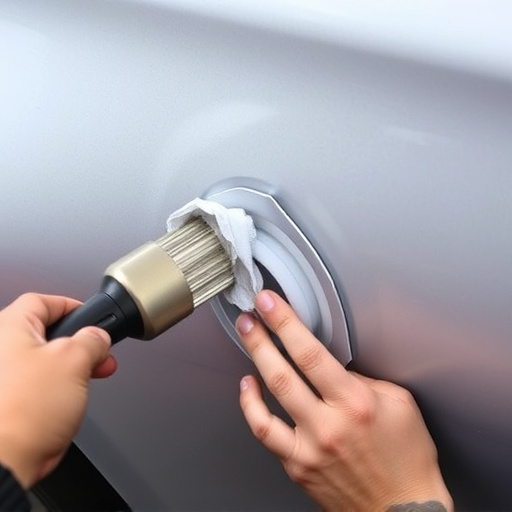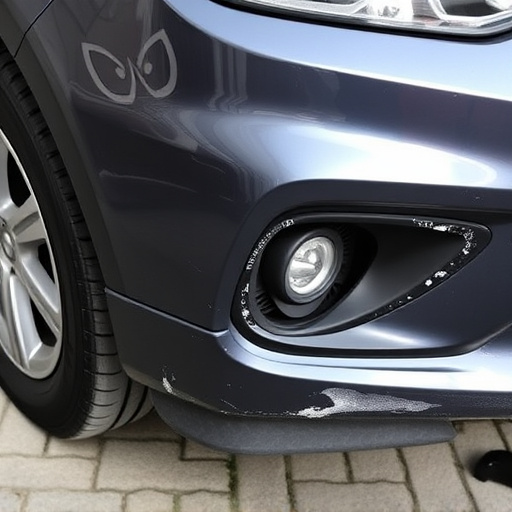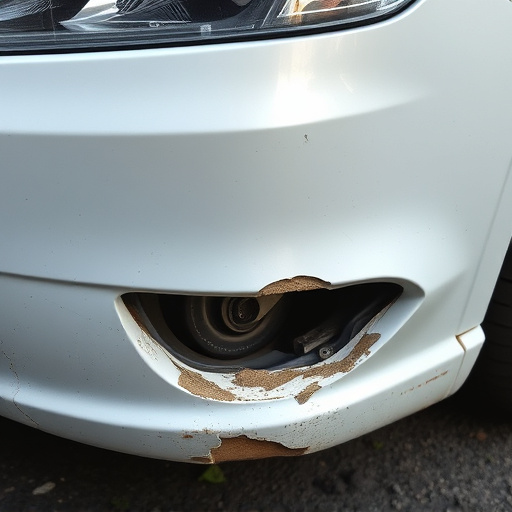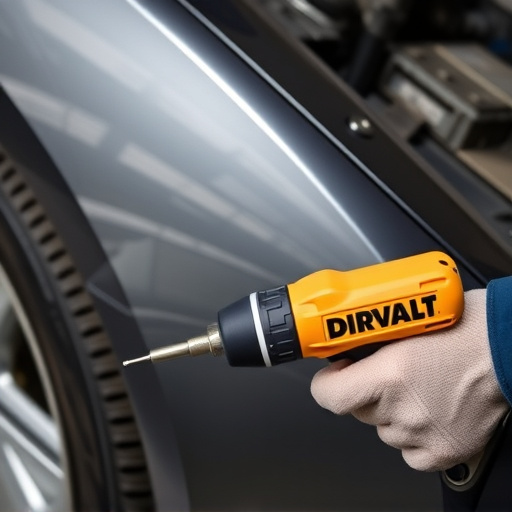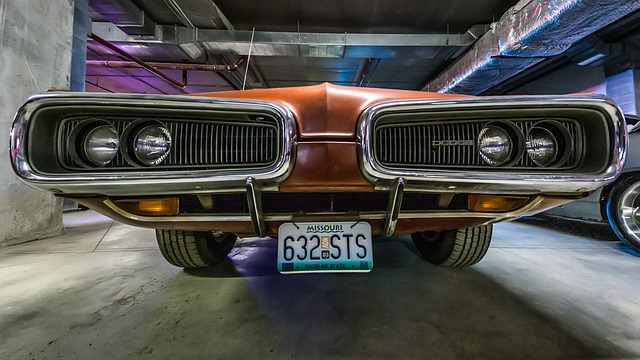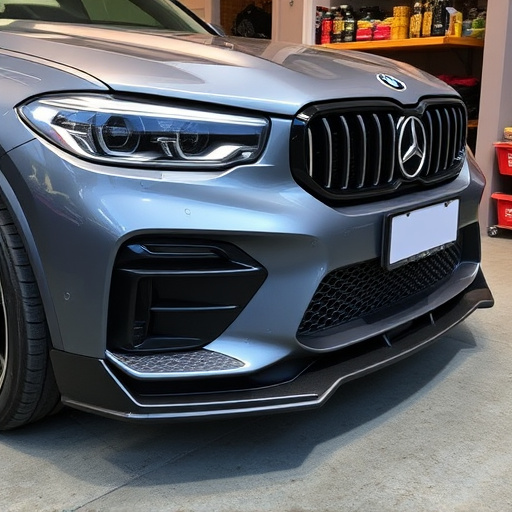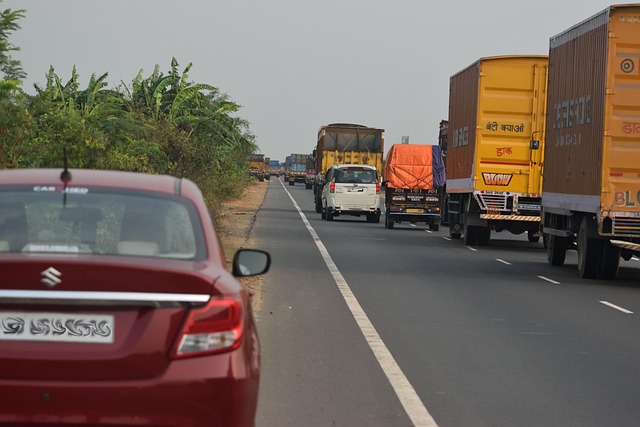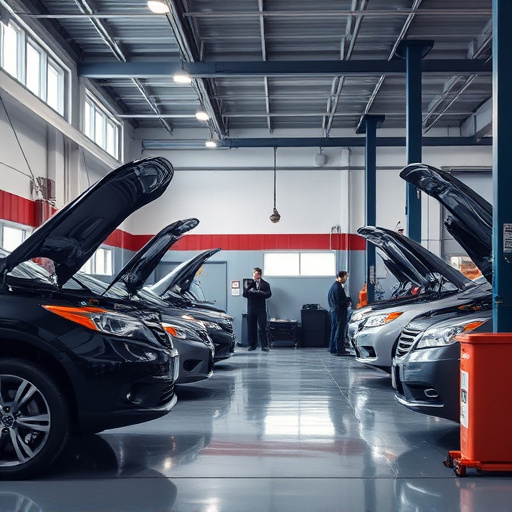Evaluating repair craftsmanship quality in car restoration relies on visual cues and adherence to factory specs. Advanced tools like 3D scanners capture intricate details, enhancing assessment and documentation. Feedback loops and data analysis improve processes, boost customer confidence, and ensure consistent excellence in collision repair services.
In the realm of repairs, ensuring top-tier craftsmanship is paramount. Effective inspection methodologies leverage a combination of keen visual assessment and advanced digital tools to accurately gauge performance. This article delves into three key strategies: identifying visual indicators of quality, utilizing digital measurement tools for precision, and integrating feedback loops to foster continuous improvement in the repair process. By mastering these techniques, professionals can consistently deliver exceptional repair craftsmanship quality.
- Identifying Key Visual Indicators of Quality Craftsmanship
- Utilizing Digital Tools for Precise Measurement and Analysis
- Integrating Feedback Loops for Continuous Repair Process Improvement
Identifying Key Visual Indicators of Quality Craftsmanship

When evaluating repair craftsmanship quality, professionals look for several key visual indicators. These include precise alignment and straightness of components, with minimal gaps or misalignments. Smooth and even finishes, free from dips, bumps, or uneven spots, are also crucial. At fleet repair services or automotive body shops, the ability to match original factory specifications is highly valued, especially when restoring a car restoration to its former glory.
Inspectors assess the quality of welds, ensuring they are clean, strong, and consistent. The use of proper techniques and materials is evident in the final product. Pay close attention to corner and edge joints—they should be crisp and well-defined. Finally, the overall appearance, including panel gaps, paint quality, and trim fit, provides insights into the level of craftsmanship invested in the repair or restoration project.
Utilizing Digital Tools for Precise Measurement and Analysis
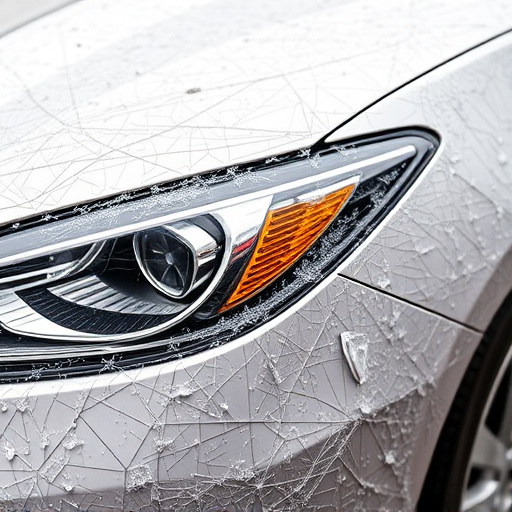
In today’s digital era, auto body shops and vehicle paint repair experts are increasingly leveraging advanced tools to ensure meticulous measurement and analysis during inspections. These digital innovations go beyond traditional methods, offering unparalleled precision in assessing repair craftsmanship quality. For instance, high-resolution 3D scanners capture intricate details of car restoration projects, providing a comprehensive digital blueprint that serves as a benchmark for excellence.
Through the integration of these cutting-edge tools, auto body shops can meticulously document and track repairs, ensuring that each step aligns with the highest standards. This not only streamlines inspection processes but also enables before-and-after comparisons, facilitating effective quality control measures. As a result, customers in vehicle paint repair and car restoration industries benefit from more accurate assessments, leading to enhanced satisfaction and confidence in the final outcomes delivered by their trusted auto body shops.
Integrating Feedback Loops for Continuous Repair Process Improvement
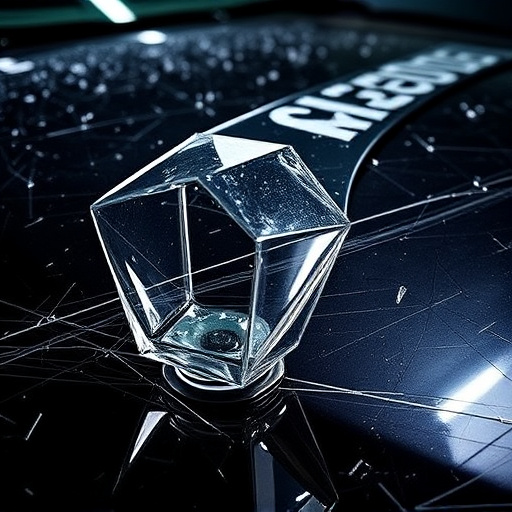
In the dynamic field of auto repair, especially following incidents like car collisions or collision damage repairs, continuous improvement is key to maintaining and enhancing repair craftsmanship quality. Integrating feedback loops into the inspection process allows for a data-driven approach that identifies recurring issues and best practices within auto repair shops. By collecting and analyzing feedback from both internal teams and customers, shop managers can pinpoint areas needing refinement. This iterative process encourages innovation and adaptation in collision damage repair techniques, ensuring that auto repair shops stay at the forefront of industry standards.
Moreover, these feedback mechanisms enable a culture of learning and improvement within the shop. Mechanics and technicians can leverage constructive criticism to refine their skills and techniques, ultimately contributing to higher repair craftsmanship quality. This holistic approach not only benefits the auto repair shop by improving its reputation but also enhances customer satisfaction, fostering loyalty among clients who appreciate consistent excellence in collision repair services.
In conclusion, achieving high repair craftsmanship quality involves a multifaceted approach. By identifying key visual indicators, leveraging digital tools for precise measurement, and integrating continuous feedback loops, inspection teams can enhance their effectiveness significantly. These strategies not only ensure consistent repairs but also foster a culture of improvement within the repair process itself. Investing in these methods is therefore a strategic move towards excellence in repair craftsmanship quality.


